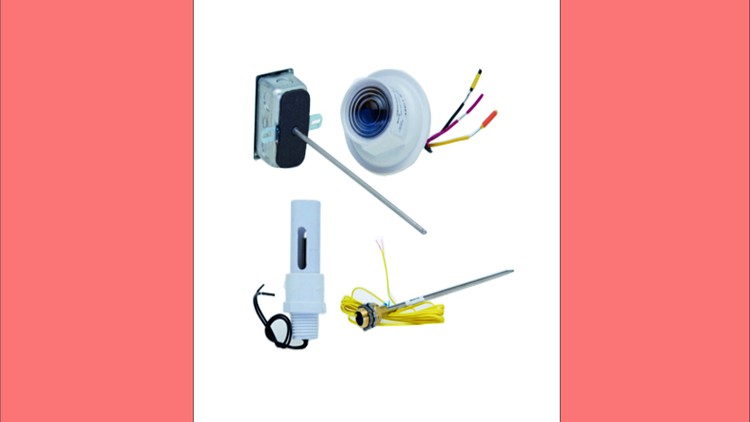Sensors and Transducers

Why take this course?
Course Title: Sensors and Transducers: Mastering the Working Principles and Applications of Transducers and Sensors 🚀
Headline: Unlock the Secrets of Modern Measurement with Our Comprehensive Sensor & Transducer Course!
Course Description:
Dive into the fascinating world of Sensors and Transducers with our meticulously crafted online course, designed to equip you with a deep understanding of these critical components in modern measurement systems. Whether you're an engineer, a scientist, or a technology enthusiast, this course will demystify the working principles of various sensors and transducers and their practical applications.
What You'll Learn:
-
🔍 Sensors vs. Transducers: Understand the fundamental differences, definitions, applications, and examples that set these two instruments apart.
-
Temperature Sensors: Explore the intricacies of temperature sensors, including thermocouples, and learn how they are the lifelines of any temperature measurement system.
-
Thermistors: Discover the applications of thermistors and their impact on various industries from consumer electronics to medical devices.
-
Resistance Temperature Detectors (RTDs): Analyze the advantages and disadvantages of RTDs, and learn how they provide stable and accurate temperature readings.
-
Linear Variable Differential Transformers (LVDTs): Gain insights into the working principle of LVDTs and their benefits in precision measurement applications.
-
Strain Gauges: Learn about the importance of strain gauges in monitoring stress, strain, and vibration in a wide range of environments.
-
Electromagnetic Flow Meters: Understand the principles behind electromagnetic flow meters and their role in non-intrusive liquid flow measurement.
-
Capacitive and Inductive Proximity Sensors: Delve into the working principles of these sensors, which are crucial for detecting the presence or absence of objects.
-
Tachometers and Rotary Encoders: Explore the function of these devices in measuring speed and position, respectively, and how they contribute to motion control systems.
Course Structure:
-
Introduction to Sensors & Transducers: Get started with a comprehensive overview of sensors and transducers, their significance, and key differences.
-
Section 1: Definitions, applications, and examples of various sensors and transducers.
-
Thermocouples: Learn about the science behind thermocouples and their widespread use in industry.
-
Thermistors: Understand the applications and characteristics that make thermistors indispensable in many fields.
-
Resistance Temperature Detectors (RTDs): Evaluate the pros and cons of RTDs and their role in temperature control systems.
-
Linear Variable Differential Transformers (LVDTs): Master the working principle and advantages/disadvantages of LVDTs in precision measurement applications.
-
Strain Gauges: Discover how these sensors are used to detect deformation, stress, and vibration.
-
Electromagnetic Flow Meters: Learn about the non-intrusive method of measuring the flow rate of liquids using electromagnetic principles.
-
Capacitive and Inductive Proximity Sensors: Understand how these sensors detect objects and the principles behind their operation.
-
Tachometers and Rotary Encoders: Wrap up with an exploration of devices that measure rotational speed and position encoding.
Why Take This Course?
-
🎓 Gain a comprehensive understanding of the diverse range of sensors and transducers.
-
🛠️ Learn to apply this knowledge in real-world scenarios across various industries.
-
💡 Enhance your problem-solving skills with practical applications and case studies.
-
📈 Improve your ability to choose the right sensor for different measurement tasks.
Join us now and embark on a journey to master the intricate world of sensors and transducers! 🌟
Loading charts...